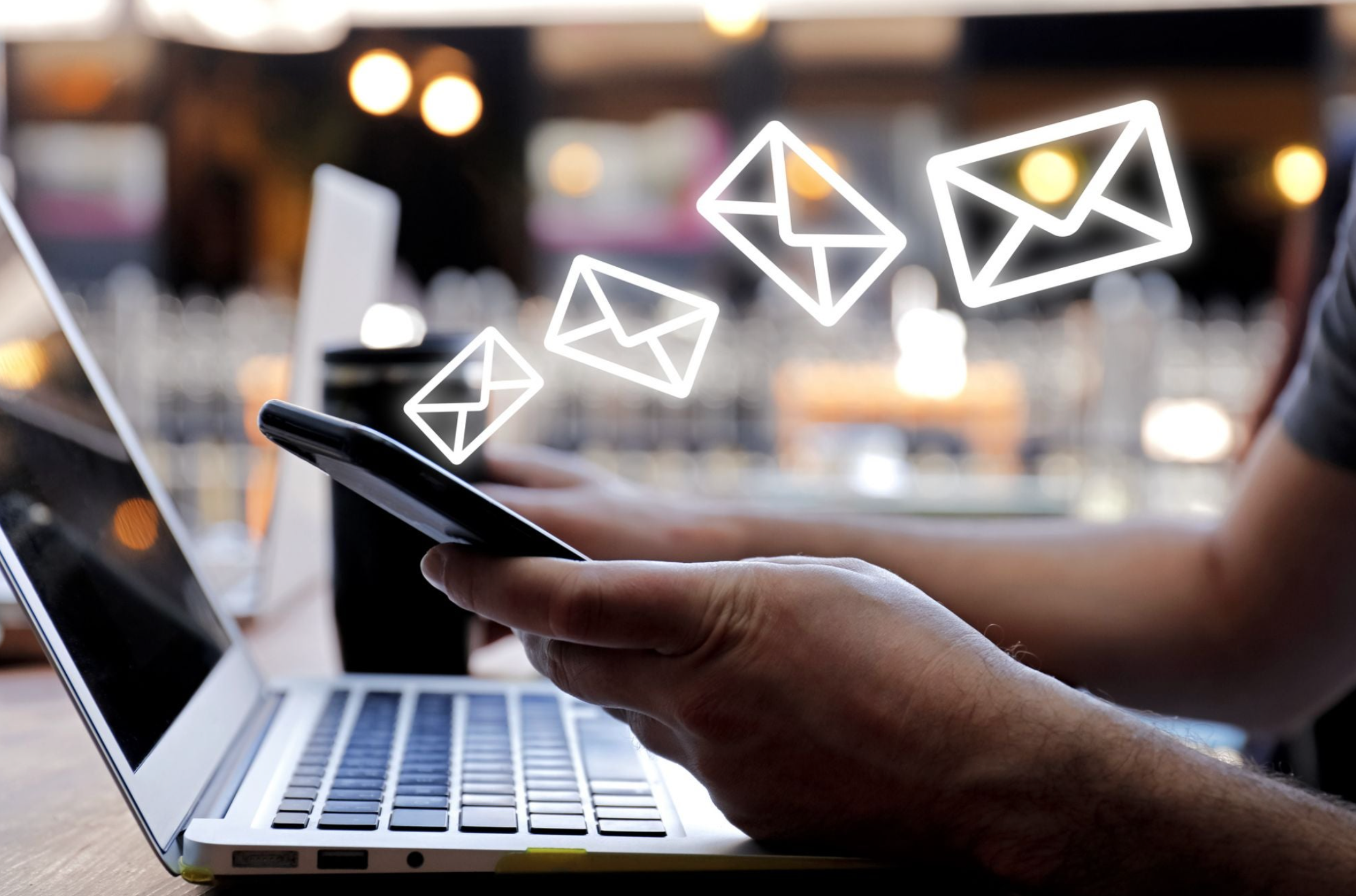The welcome email is one of the most important contact points to improve your deliverability. So it’s important to know how to write a good welcome email that will keep your customers engaged.
A good welcome email won’t just ask people to reply and hope for the best.
It will have more to it to increase your odds of having a customer that is satisfied and buys from you over and over again.
Here’s what we think you should include in your welcome email
1) Explain to the reader what they just subscribed to and exactly what they should expect.
Be specific, don’t just say “a newsletter”.
Tell them how often they will get it and what it contains. Do this in 1-2 sentences.
2) Offer something valuable in exchange for a reply.
Whether you offer an insightful report, a mini-course, a discount to your store – make sure you have it included in your welcome email.
3) Try to get a click.
While the reply is very powerful, it’s harder to get than a click.
Without distracting from the reply request, provide a good reason for people to click one link in your first email.
4) Lastly, include a request to whitelist you.
This means adding you as a contact, and dragging your email to Primary if on Gmail and those kinds of things.
After you include all these elements, you can either tell the reader more about yourself, your brand, or whatever else you deem necessary.
A good welcome email makes the recipient more likely to read your future emails.
In other words, they’ll continue to open your email sequences and read your content.
Give them a reason to read them and make sure the readers feed the algorithms the right signals for them to receive your future emails.
Ideas to get more replies to your welcome email
A reply to the first email you send a subscriber is probably the strongest positive engagement for Gmail.
If you get a good number of replies to your welcome email, your Gmail results will be great.
We want to share some ideas to make that happen.
1. Offer an insider report
Explain to new readers what they can expect, and tell them they can check out and insider or annual report if they reply.
This also helps many new readers get a deeper look into what we you do, which is always a plus.
2. Ask where they’ve heard of you
This helps to get replies and feedback.
It’s best practice to have a survey for new subscribers to understand where they are coming from.
If you ask them in the welcome email, you can also start conversations, and improve your engagement.
3. Discounts
We don’t like this as much as the first two options.
If you offer any type of paid product, offering a discount in exchange for replies is worth trying.
4. Other lead magnets
Depending on why your readers sign up for your newsletter, there can be many other lead magnets you can offer for a reply.
For example, templates, guides, mini-courses, and more.
Just keep in mind that the incentive to reply only works if you use something valuable. Tricking people to subscribe for something useless won’t get you far.
Email marketing: Related content
- Email Welcome Flow Sequences: 4-Step Approach
- 7 Subject Line Formats for Marketing Emails
- 10 Email Marketing Tips to Grow Your Revenue


